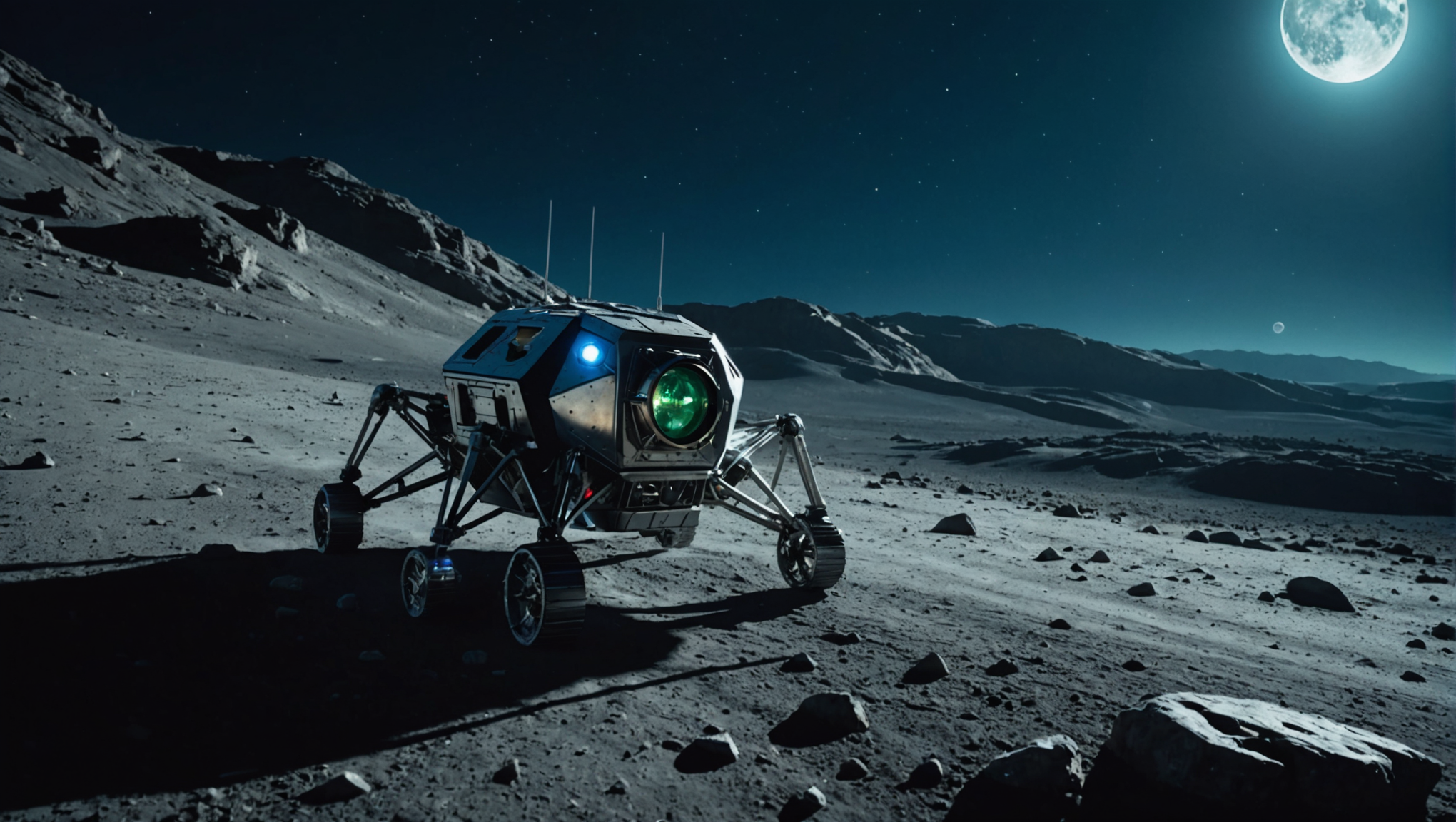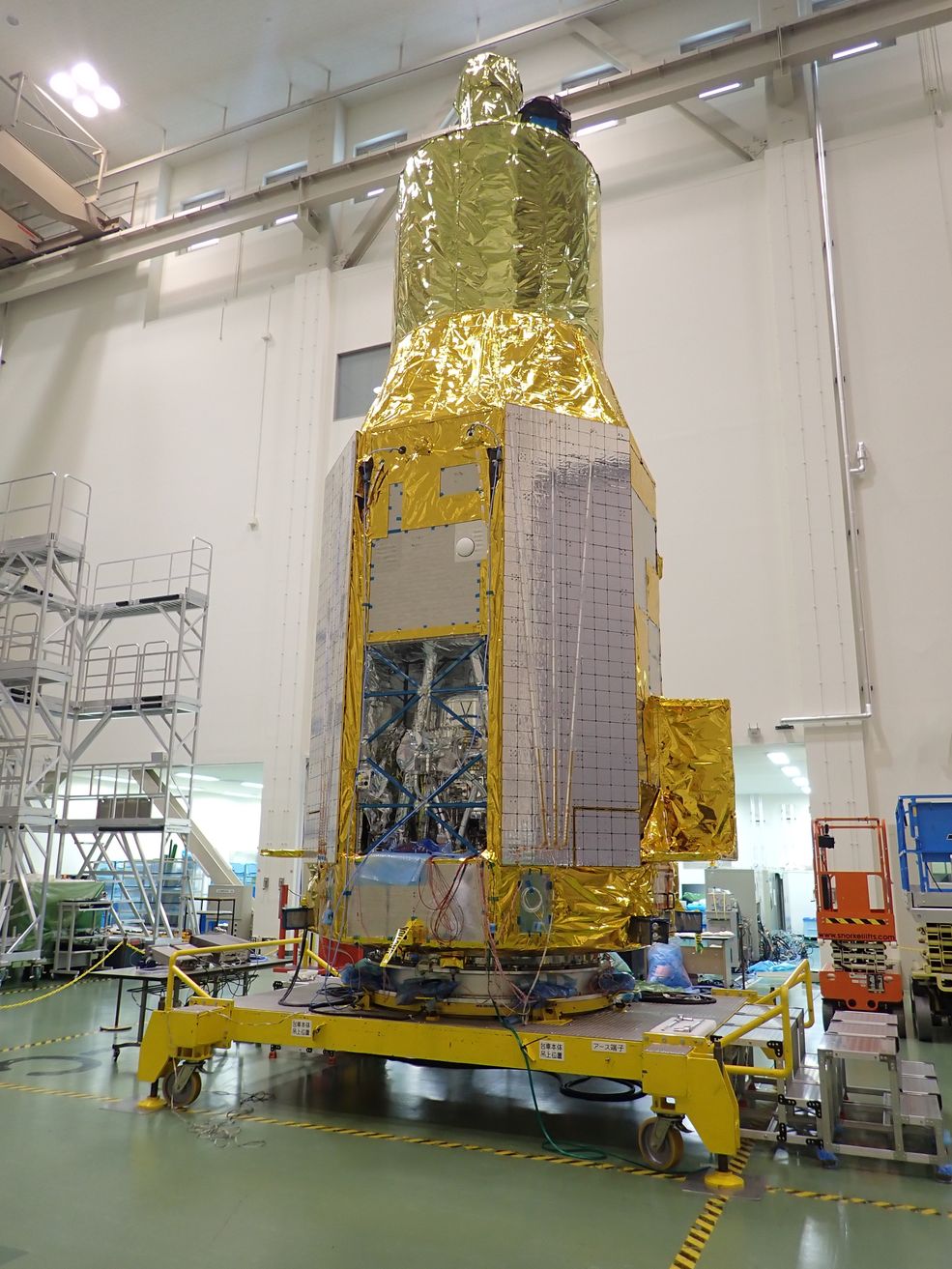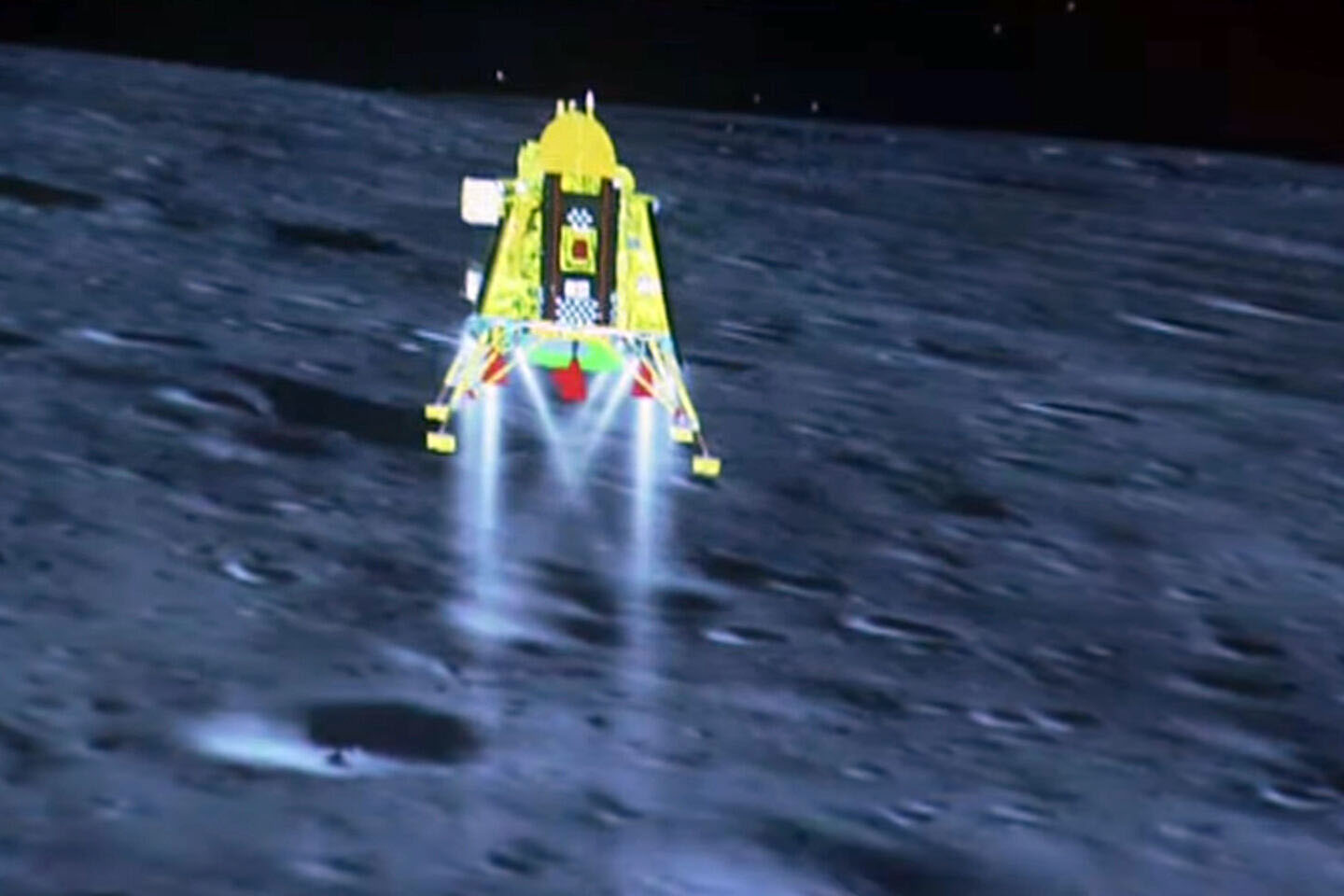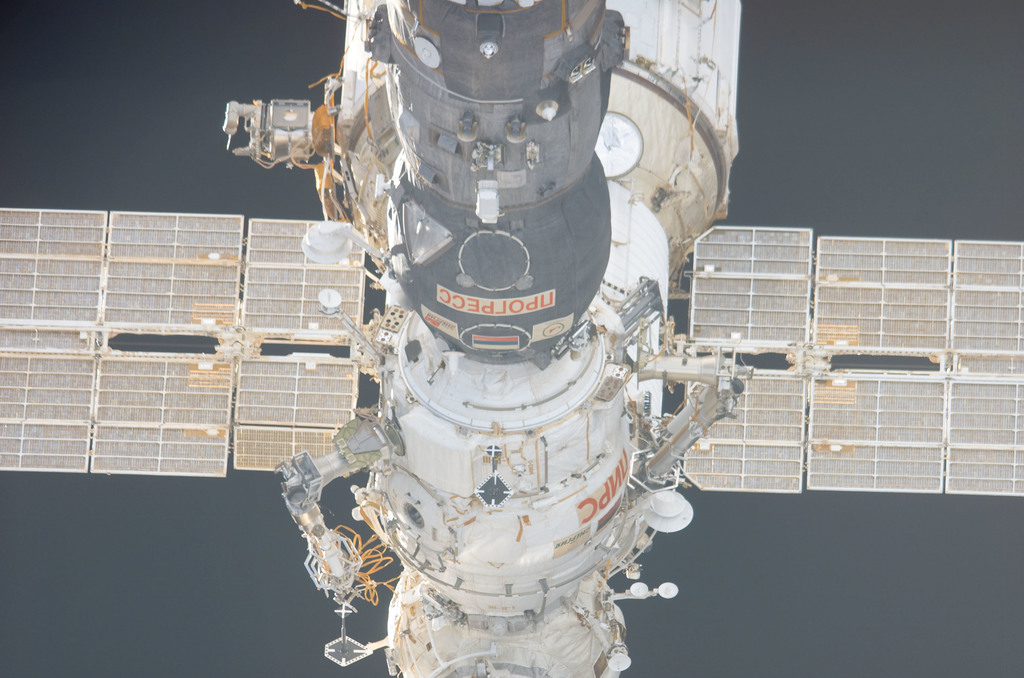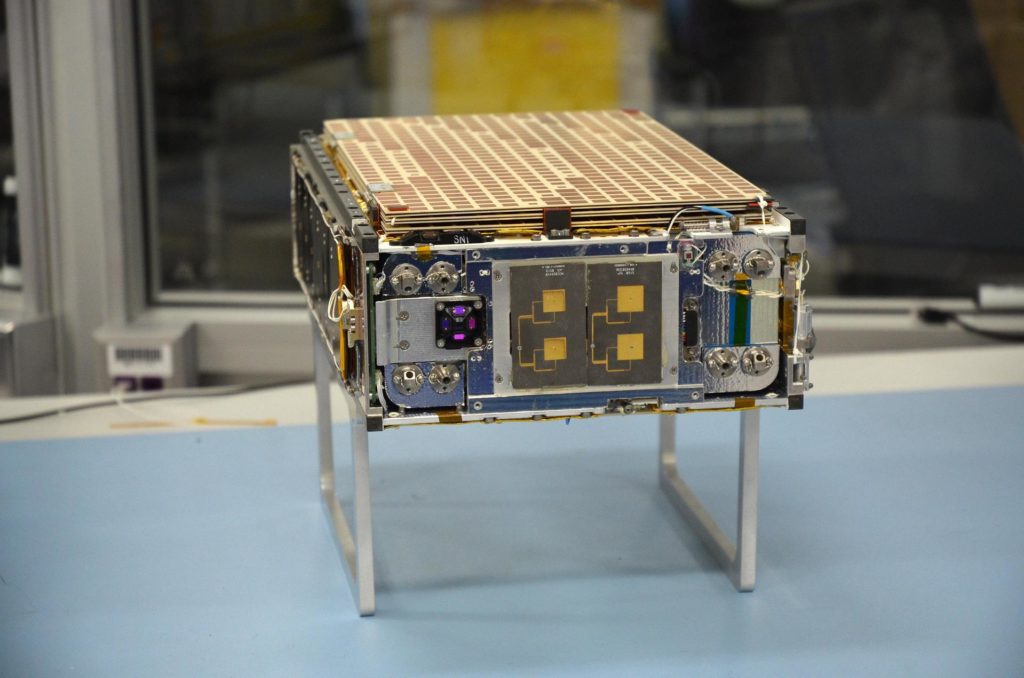HAKUTO-R Mission 2 Faces Failure in Lunar Landing Attempt
In a significant yet somber chapter in the ongoing saga of lunar exploration, the HAKUTO-R Mission 2, aptly named Resilience, encountered an unfortunate fate during its landing attempt on the Moon. On June 5, 2025, at precisely 19:17 UTC, Resilience aimed to settle upon the lunar surface in the Mare Frigoris region, a site graced […]
Read the full story



